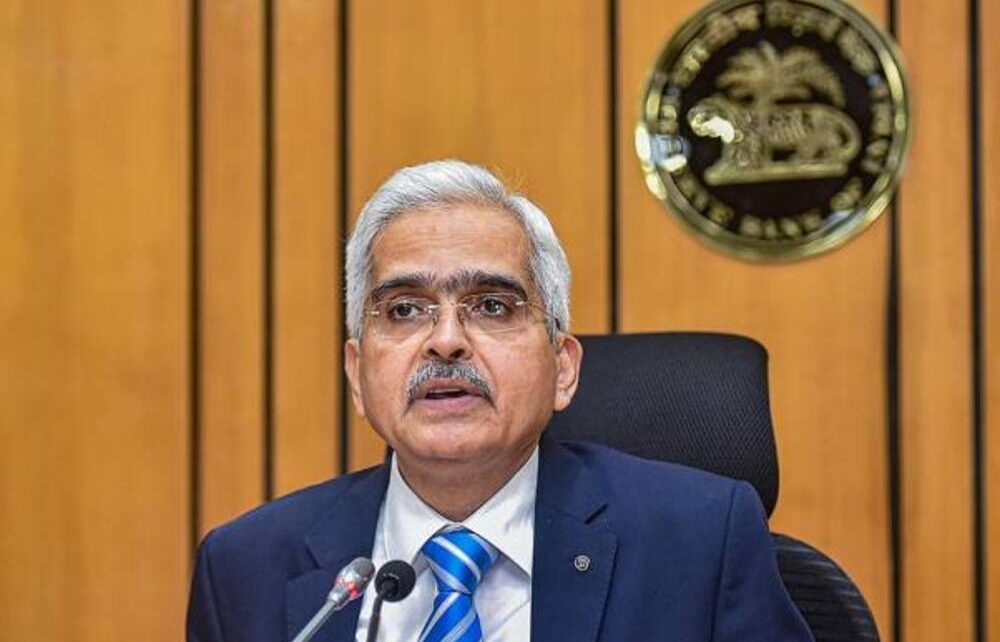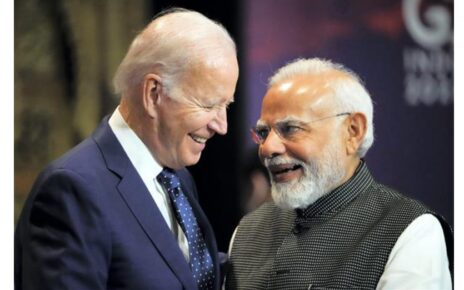The Reserve Bank of India (RBI) on Wednesday announced the monetary policy in which it has kept the repo rate unchanged at 4%.
Repo rate is the rate at which the central bank of a country (Reserve Bank of India) lends money to commercial banks in the event of any shortfall of funds. Repo rate is used by monetary authorities to control inflation.
Governor Shaktikanta Das said that the central bank will remain accommodative as long as necessary to sustain growth on a durable basis. The central bank also announced a series of measures to inject liquidity in the government securities market and the financial system.
The RBI’s decision comes amid a surge in Covid-19 cases that has prompted many states to impose fresh curfew restrictions this week, triggering concerns over the economic recovery that is underway.
Other than cutting the repo rate, the RBI has also printed money and bought bonds. In the process, the central bank has pumped money into the financial system, driving down interest rates further. The idea, as always, is that at lower interest rates, individuals will borrow and spend. At the same time, corporates will borrow and expand.
RBI also said that National Electronic Funds Transfer (NEFT) and Real-Time Gross Settlement (RTGS) facilities will be extended to non-bank payment system operators. As of now, only banks were allowed to use RTGS and NEFT payment facilities. With this announcement, these money transfer systems will be extended to Prepaid Payment Instrument (PPI) issuers, card networks, white-label ATM operators and Trade Receivables Discounting System (TReDS) platforms.
The central bank said that the aim is to encourage the participation of non-banks across payment systems. RBI has also increased the maximum end of day balance per customer from Rs 1 lakh to Rs 2 lakh.




